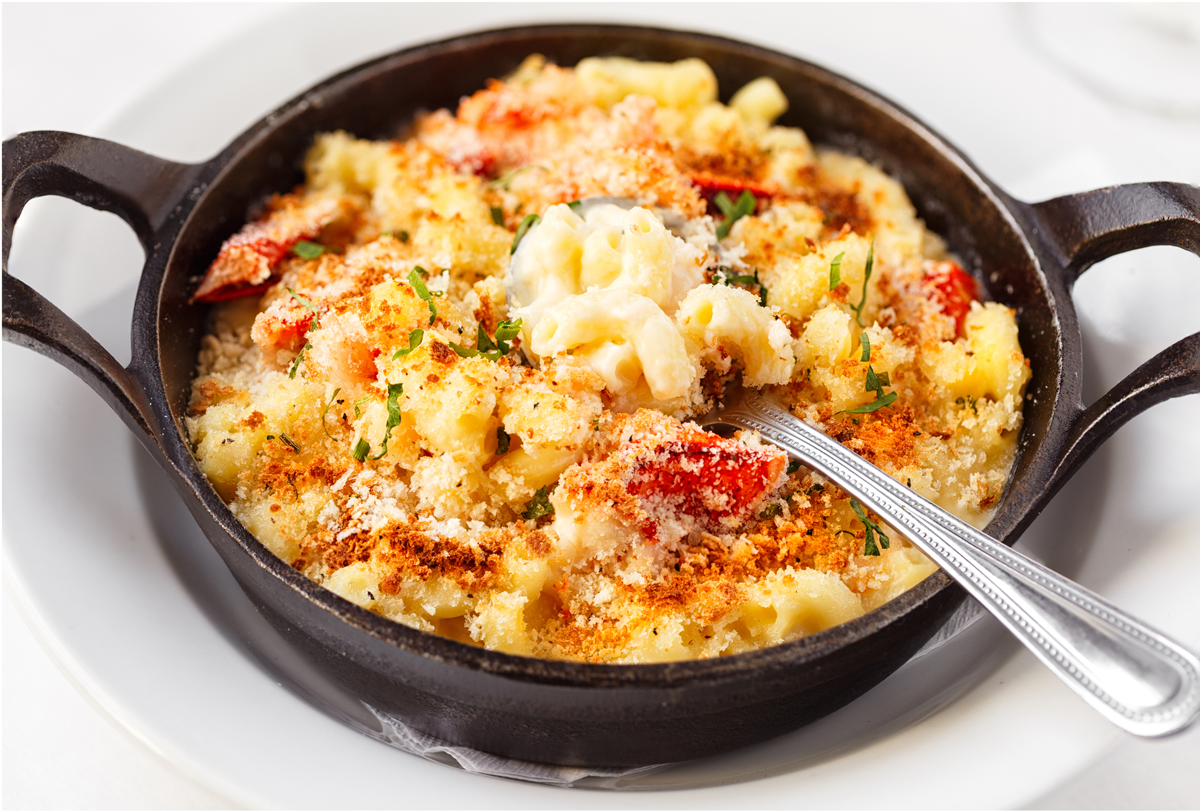Melting magic: Tips for incorporating cheese in your favorite fall dishes
It’s the time of year for cozy living: curling up in a snug blanket on the sofa, watching the candles flicker on the walls, and enjoying a dish that’s rich, tasty, comforting — and warm. (A charcuterie board or stacked-to-the-ceiling club sandwich just isn’t going to cut it when the thermometer falls.) Cheesy, creamy dishes like mac and cheese are what’s called for here, with the key word being creamy. But if you’ve ever been stumped in your home kitchen as to how restaurants achieve that melty — not stringy or separated — texture, know that it’s not just you. There’s a secret (several, actually) to making a perfect melted cheese dish. Try one of these pro tips and gather the family around the table:
Old-school roux. Making a roux is the classic cheese sauce method; it takes some patience but will yield that velvety texture you’re craving. Mix equal parts butter and flour in a saucepan over low heat. Whisk until the butter is melted and the flour incorporate and stir until it starts to lose that sandy look and texture. Slowly stir in milk, letting it heat gradually, and add freshly grated cheese. The sauce will pour easily and stay creamy longer than plain melted cheese. (Find detailed recipes online or in your mom’s old print cookbooks under “white sauce.”)
Melter’s little helper. Sodium citrate doesn’t sound too tasty, but a small amount of this emulsifier in your cheese dish will do the trick. It keeps the fat, protein, and moisture in the cheese from separating. You can find it in specialty food stores and online.
Cheese choices. Some cheese melts better than others; look for varieties that have high moisture and fat content. And don’t be afraid to mix it up — some of the most memorable dishes emerge from humble “what’s in the fridge” beginnings. If you’re in the midst of menu planning, try these melt-friendly options from Hoard’s Dairyman Creamery Farm: Havarti (classic Island or Fuego); Gouda; and Mexican Style Manchego.

